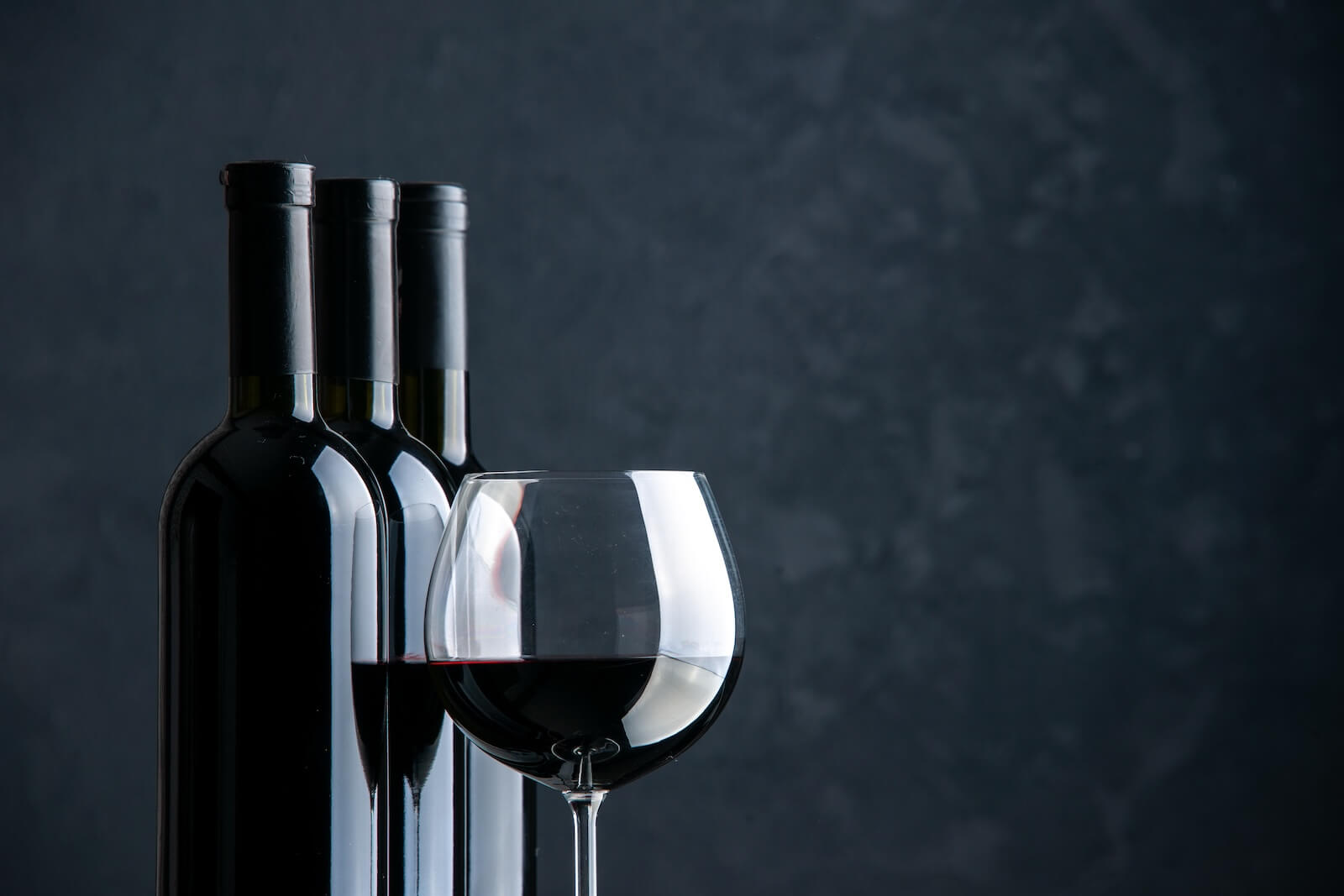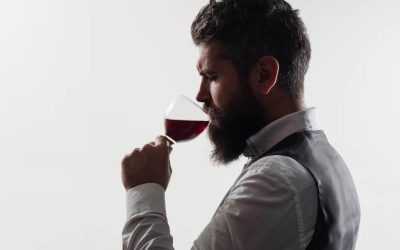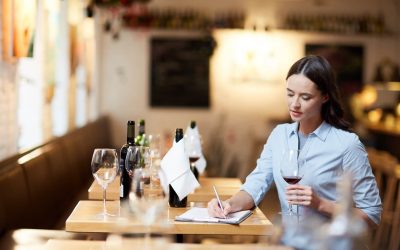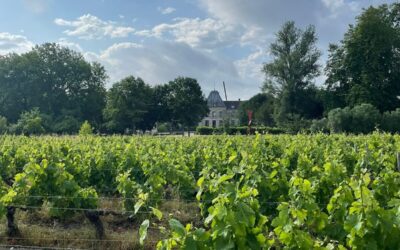Imagine being able to identify an orange zest, a hint of truffle, or the leathery undertone in a glass of wine. Developing your palate is a fascinating journey into the world of sensations, a gradual but exciting training process. Through simple exercises, the use of olfactory kits, tasting techniques, and practical advice, I will guide you step by step towards a richer and more nuanced sensory perception.
The Basics: why and how to Train?
Learning to refine your palate isn’t a privilege reserved for sommeliers: anyone can develop a more precise, richer, and, most importantly, more conscious sensory perception. Why? Because our taste is a clever balance between taste buds, which capture the five fundamental flavors (sweet, salty, sour, bitter, umami), and especially our olfactory memory, capable of recognizing, comparing, and interpreting thousands of complex aromas.
By training the nose, we don’t just sharpen olfactory receptors: we program the brain, via neuroplasticity, to identify, differentiate, and retain the most subtle scents. This training relies on repetition, active attention, and precise sensory vocabulary — all essential ingredients for developing an effective olfacto-gustatory language.
But why embark on this journey? Because a trained palate means:
- Refined perception: you learn to distinguish primary tastes, to feel the texture, the body of the wine, its finish — and to name them accurately.
- An active and rewarding experience: you taste mindfully, you enjoy yourself, you make more informed choices when buying or sharing a bottle.
- Rediscovered pleasure: no more disappointing purchases, less frustration — but instead more intense, richer sensory moments, more connected to the product’s nature.

Here are some Exercises You Can Do at Home
A) the Four Fundamental Flavors
Prepare flavored water: black tea (tannins), lemon (acidity), sugar (sweet), vodka (alcohol). Compare with a wine of the same characteristics to better sense each component.
B) Note and Verbalize
Record your perceptions (smells, sensations, textures). The more you name, the more you memorize. Notebooks and scoring charts are very useful.
C) Comparative Tasting
Suggest blind sessions where several wines/aroma plates are served, and compare intensity and nuance. Comparative training refines discrimination.
D) Daily Olfactory Discovery
→ Systematically smell fruits, vegetables, spices, herbs: at the grocery store, in the kitchen, in nature.
→ Break or crush plants to activate aromas.
→ Olfactory walks: forests, gardens, markets. Be curious and attentive.
Want to Go further? Consider Aroma Kits
The best sommeliers use professional kits like Le Nez du Vin (54 aromas), Aromaster (88 scents), or Aromabar, to visually and mentally anchor specific smells.
Advantages:
- Structured and educational exposure to key aromas
- Aroma-wine link strengthened with explanatory sheets
- Simple and regular olfactory quizzes
However, these solutions are often expensive, so you can also train at a lower cost by using real foods, fresh spices, or essential oils (rose, lemon, clove, eucalyptus…), for natural and economical training.

What else, in Addition to all this?
Beyond basic training, these sensory techniques will allow you to take a step further in refining your palate:
Aspiration: Revealing Secondary Aromas
When you hold the wine in your mouth, gently draw in some air: this action stimulates the evaporation of secondary and tertiary aromas (resulting from fermentation and aging), such as brioche, mushrooms, or forest floor notes. This subtle aeration significantly enriches your perception and refines the aromatic delicacy of each sip.
Blind Tasting: for a Neutral Judgment
By visually masking the wine (bottles in bags or black glasses), you eliminate cognitive biases related to grape variety, region, or price. This format, used in competitions and professional workshops, reconnects you to primary sensations, those that come from pure taste, unfiltered by your expectations.
Develop a Personal Vocabulary: Speak with your Senses
Creating your own sensory lexicon is essential: raspberry, forest floor, tar, honey, leather… By making these words your own, you recreate emotional and mnemonic bridges, and transform each tasting into a living and intimate experience. This vocabulary, though subjective, gains richness and accuracy as your olfactory and gustatory benchmarks refine…
These “complementary methods” will help you transition from passive tasting to an active and immersive experience, by strengthening your sensitivity, objectivity, and expression. They can be combined, for example: during a blind session, take the time to aspirate, then choose an evocative word to describe your sensation. With these small rituals, you will reach a new level in the art of developing your palate — every sip becomes an opportunity for rediscovery.

Developing your palate means opening yourself to a forgotten richness. Every smell, every note, becomes a secret key to savor, understand, and feel. By embarking on this journey, you become an actor in your tasting experiences… a projector of meaning and emotions in every sip.
Your mission: start today – smell an orange, bite into a mint leaf, note a wine. Little by little, your world will be enriched.







